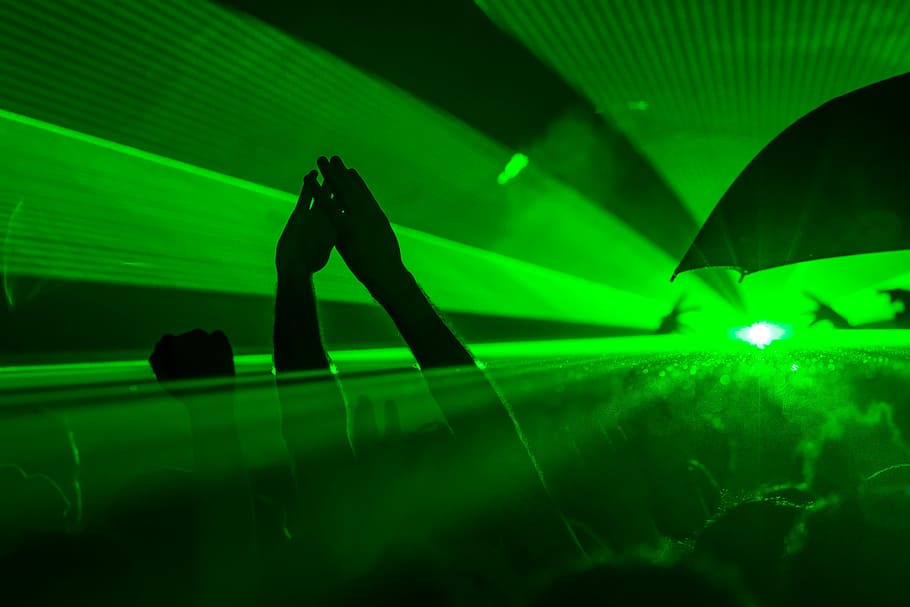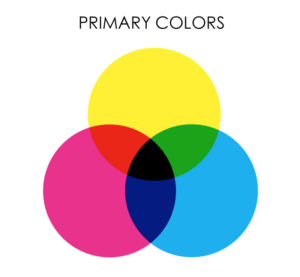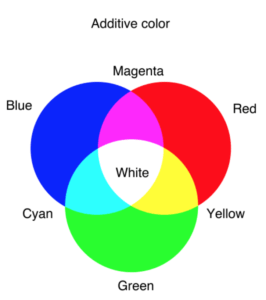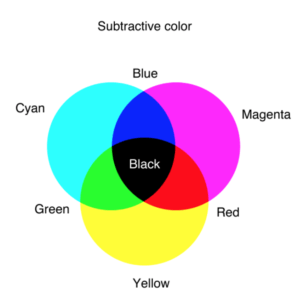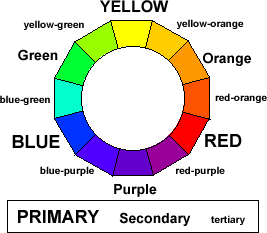What Colors Make Neon Green? What Two Colors Make Neon Green
Are you curious about what colors mixed together make neon green? Stick around as we share the answer below…
Fluorescent clothes are on the rise and with them a resurgence of the much-adored neon green.
Brimming with life and vibrancy, this loud highlight comes as the perfect option for any occasion – from bold cocktail parties to date nights.
This ongoing neon craze has expanded far beyond fashion, popping up in art and interior design, too. Given the color’s eye-catching vibrancy glowing with intensity, many have found themselves enamored with this stunning hue.
If you’re among them, knowing how to recreate neon green through color mixing might be a necessity. After all, whether you’re dealing with paint or even makeup, forming your favorite color will bring you many perks and advantages.
To help you with that, we have rounded up everything you need to know to create neon green using only the art of color mixing.
Read on.
What Exactly Is Neon Green?
Of course, in order for you to determine how to recreate something, it’s compulsory to understand what that thing is in the first place.
In the case of neon green, it is important to realize that the hue presents as an extremely bright version of classic green. A close relative of lime, neon green offers a much cooler appeal and is more vibrant in terms of shade and brightness. Given its intensity, it is often paired with hot pink and purple.
Understanding Color Theory
Before we head straight into dissecting what colors make up neon green, it’s important to have a brief understanding of Color Theory first.
As the name implies, this refers to the set of theories and principles concerning colors in general. From their purposes and effects to the relationships they have with each other, color theory tries to explain the rules behind the existence of each hue.
Under this theory, you find what we call the Color Wheel, which illustrates the principles provided by the color theory in a single paradigm.
As you might remember, the Color Wheel refers to the circular map of colors introduced to you way back in kindergarten.
For artists and designers, the color wheel serves as the ultimate device to help them understand the relationship between each color.
Generally, we have three different types of color wheels. The first one is called the RYB (Red, Yellow, and Blue) color wheel, which is typically used by artists, as it helps with combining paint colors.
On the other hand is what we call the RGB (Red, Green, and Blue) color wheel, which is often used by photographers and online designers, as it explains how to create color through light manipulation.
And lastly, there is also the CMYK (Cyan, Magenta, Yellow, and Black) color wheel, which is designed for printing processes.
The color wheel you learned about in kindergarten was the classic RYB model. And this model will be the focus of our discussion today.
What Can We See in the Color Wheel?
Basically, under the RYB color wheel, colors are divided into three categories: the primary, the secondary, and the tertiary. (Note: RGB and CYMK also have these three categories, but they differ in how each color is classified).
In RYB, the primary colors are red, yellow, and blue. In traditional color theory, these three hues cannot be made by simply mixing colors together and are believed to be the source of all other succeeding hues.
Next to the primary are the secondary colors, which are created by mixing two primaries together. Generally, this category consists of purple (red mixed with blue), orange (red mixed with yellow), and green (yellow mixed with blue).
Lastly, while the secondaries are formed by mixing primaries together, the tertiary colors are produced by combining a secondary hue with a primary hue. They consist of red-orange, yellow-orange, yellow-green, blue-green, blue-violet, and red-violet.
By familiarizing yourself with these divisions, you will be able to easily understand how each color is created. From these three color categories, other color variations can easily be reproduced depending on the ratio of the colors you’ll be mixing.
What Colors Make Neon Green?
Now that we’ve discussed the basics, let’s settle on our main objective. How exactly can we create neon green? To answer that, it’s important to know what colors make this extremely vibrant hue.
Basically, since neon green is a variant of green, you probably realized that you need the colors yellow and blue to make its base.
To arrive at an ideal result, use a classic blue and a bright yellow as your ingredients.
Since neon green is located on the yellow end of the green spectrum of the color wheel, it’s important to add more yellow to the mixture.
If it starts to appear too warm, simply add a little blue back in for balance.
The Bottom Line
From makeup and paint to interior design, neon colors are yet again conquering the world with their eye-catching vibrancy.
Be sure to recreate the much-loved neon green by following the tips discussed above. Hope you enjoyed our article explaining what colors make neon green.
Want to know more? Don’t hesitate to experiment with colors today!
Read Latest Posts

Hi, I'm Anthony Tran! Welcome to my site. I live in Arizona and am obsessed with all things related to building an Online Business and working from home. Learn about my journey here.
Follow Online

